SPEAKERS
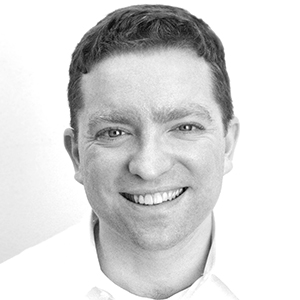
Blaine Brownell
Associate Professor at the University of Minnesota | Director for the Master of Architecture Program and Graduate Studies
Blaine Brownell is an Associate Professor at the University of Minnesota, as well as serving as the Director for the Master of Architecture Program and Graduate Studies. His research is based on emergent materials and their impact on technology and sustainability and he has published numerous books such as the Transmaterial series and his latest book, Hypernatural: Architecture’s New Relationship with Nature.
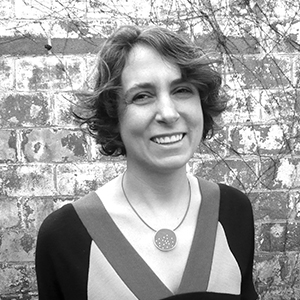
Jill Desimini
Assistant Professor, Landscape Architecture | Harvard University Graduate School of Design
Jill Desimini is an Assistant Professor in Landscape Architecture at the Harvard Graduate School of Design. She was formerly a Senior Associate at Stoss Landscape Urbanism where she oversaw projects such as Lower Don Lands in Toronto, the Bass River Park on Cape Cod, and the Isabella Stewart Gardner Museum in Boston. Her research focuses on landscape strategies to address the conditions of shrinking cities, ranging in scale from school gardens to individual lots and blocks to cities and regions.
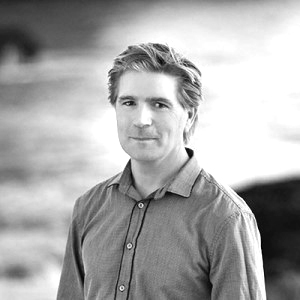
Michael Fox
Associate Professor at California State Polytechnic University, Pomona
Michael Fox is currently an Associate Professor at California State Polytechnic University, Pomona, having previously graduated with his B.Arch from the University of Oregon and his S.March.S. from MIT. He is a principal at the architectural firm FoxLin, researching interactive architecture, specifically in biomimetic strategies for design and space architecture.
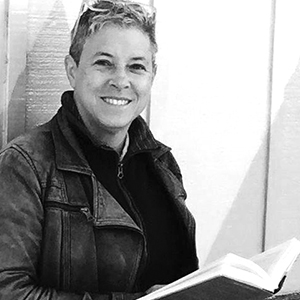
Kristina Hill
Associate Professor of Landscape Architecture | University of California Berkeley
Kristina Hill is an Associate Professor of Landscape Architecture at the University of California Berkeley, previously serving as chair of the Landscape Architecture Department at the University of Virginia. Her research focuses on urban ecological dynamics in relationship to physical design and social justice issues, helping to influence projects addressing salmon health in the Pacific Northwest, urban-system advocacy in Seattle, and water management strategy in New Orleans among other projects.
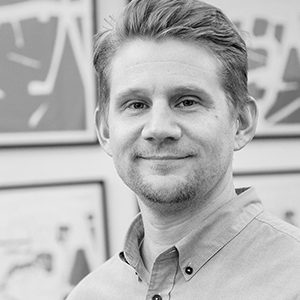
Sean Lally
Founder of WEATHERS
Sean Lally is the founder of the Chicago based office WEATHERS, which has explored the creation of new spaces and how those spaces enable and shape the interactions of the people who use them. His book, The Air from Other Planets, fundamental rethinks the relationship between energy and architecture, challenging the perception of the line that separates architecture and the environment.

Francois Roche
Co-Founder of New-Territories | Lead Architect at R&Sie(n)
Francois Roche leads the architectural practice R&Sie(n) in conjunction with the research lab New Territories which encompasses Research as Speculation, Fiction as Practice and Practice as LifeSpan. His work includes installations, exhibitions and projects which explore the nexus of robotics, mathematics, neurobiology and biochemistry in terms of fictitious yet operative.He has held numerous international teaching positions and leads the advanced studio research lab at Columbia University Gsapp in New York.
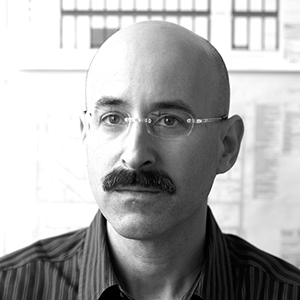
Adam Yarinsky, FAIA LEED AP
Principal Architecture Research Office
Adam Yarinsky is a principal at the Architectural Research Office (ARO) and has taught at the University of Michigan, the University of Virginia, Harvard, and Princeton among others. He has lectured widely throughout the United States and abroad and has been published in such journals as A+U, 306090, Dimensions, and Places Journal. His work focuses on establishing an investigative research based approach for the exploration of program, form, construction, and materials.
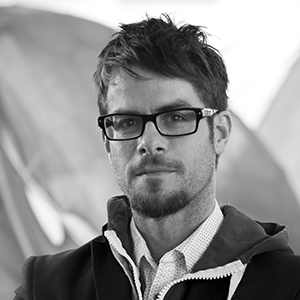
Sean Ahlquist
Assistant Professor of Architecture at the Taubman College of Architecture and Urban Planning
Sean Ahlquist is an Assistant Professor of Architecture at the Taubman College of Architecture and Urban Planning. He is a part of the Cluster in Computational Media and Interactive Systems which connects Architecture with the fields of Material Science, Computer Science, Art & Design and Music. Research and course topics are centered on material computation, developing articulated material structures and modes of design which enable the study of their material and spatial behaviors.
He received a Masters in Architecture from the Architectural Association in London, and pursued his Doctoral Studies at the Institute for Computational Design in Stuttgart. He has taught at a number of institutions, including The University of California-Berkeley, the Office for Metropolitan Architecture as an Algorithmic Design Consultant, and the Royal Academy of Fine Arts in Denmark.
PANELISTS
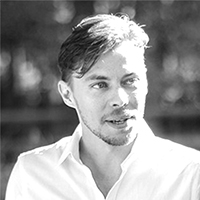
John Brockway
Founder and Principal at Lightfoot A+D and Adjunct Professor at the University of Oregon
John Brockway is an adjunct professor at the University of Oregon and co-founder of Lightfoot A+D. His practice strives to produce distinctive and thoughtful works of architecture rooted in a conceptual framework of contextual analysis and site-specificity. The philosophic core of the practice is a belief that design intelligence in the built environment is more important than ever, yet is oft neglected in favor of the cheap, fast, and easy.
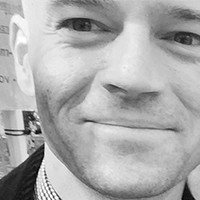
Landry Smith
Founder of Landry Smith Architects and Adjunct Professor at the University of Oregon
Landry Smith (AIA, NCARB) is a licensed architect who teaches at the University of Oregon. He received both his bachelor’s degree and Master of Architecture from Princeton University where he was awarded the Butler Traveling Fellowship and the Suzanne Kolarik Underwood Thesis Prize. Prior to Oregon he taught studios at the University at Buffalo, the New Jersey Institute of Technology, and Parsons School of Design.
Landry has extensive professional experience, having practiced in New York City with Architecture Research Office, Guy Nordenson and Associates, Rafi Segal, and Andrew Berman Architect. He played key roles in numerous high profile projects including the South Galleries at MoMA PS1, the Barry X Ball Studio Complex, The National Opera Center, the Hillhouse Avenue Bridges at Yale University, and the Kitgum Peace Museum and Archive in Uganda. He also took part in the MoMA PS1 Architect-in-Residence Programs— Rising Currents: Projects for New York’s Waterfront (led by Architecture Research Office and dlandstudio) and Foreclosed: Rehousing the American Dream (led by Jeanne Gang). These visionary proposals were on exhibition at The Museum of Modern Art in New York in 2010 and 2012.
In 2014 he established Landry Smith Architect, a conceptually driven office operating in architecture and urbanism. The office approaches work from a broad cultural vantage, focusing efforts in a direct manner on form, space, and their ultimate social potential.
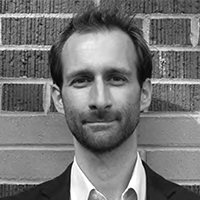
Philip Speranza
Founder of Speranza Architecture and Assistant Professor at the University of Oregon
Philip Speranza is an Assistant Professor in the School of Architecture and Allied Arts at the University of Oregon and directs the Life, City, Adaptation: Barcelona, Urban Design Program. Philip holds a Masters of Architecture from Columbia University and is a practicing architect. He has worked with Steven Holl and Carlos Ferrater. Design projects in the US and Spain have included urban design projects, civic art with artist Janet Echelman, infrastructure, mixed-use and homes. His design entry, Foot-Hills, was selected as finalist and third-place honors for the Market Value International Design Competition. His Bottom-Up Urban Design Initiative B.U.U.D.I investigates frameworks for participation across time to reflect and strengthen local identity.
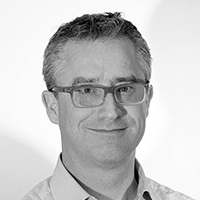
Brook Muller
Assistant Professor and Interim Dean of the School of Architecture and Allied Arts
Associate Professor and Interim Dean Brook Muller examines synergies between ecological processes and urban development. He considers relationships between architects’ initial conceptual organizational ideas and the environmental responsiveness of what is built. He teaches design studio as well as courses in architectural theory, urban ecological design and sustainability. He serves as director for the Graduate Certificate Program in Ecological Design within the School of Architecture and Allied Arts. Prior to joining the faculty at the University of Oregon in 2004, Muller was the director of a program in sustainable environments and an assistant professor at California Polytechnic State University, where he was honored with the Wesley Ward Outstanding Teaching Award in 2002.
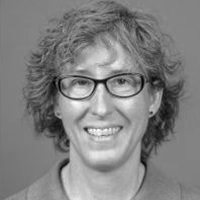
Julie Haack
Assistant Department Head in the Department of Chemistry at the University of Oregon
Julie Haack is an assistant department head for the University of Oregon Department of Chemistry and Biochemistry. She currently serves as the Coordinator for the University of Oregon’s Green Product Design Network connecting design and innovation to the science of sustainability. Her research focuses on identifying mechanisms by which innovative science-based approaches spread within and beyond academia and gain legitimacy among diverse audiences.
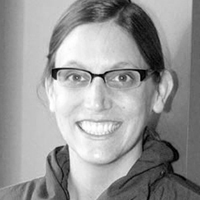
Erin Moore
Associate Professor in the Department of Architecture and Environmental Studies Program
Erin Moore is Associate Professor in the Department of Architecture and in the Environmental Studies Program at the University of Oregon. Moore works in teaching, research and creative practice on the life cycle environmental context of building construction and on the way that buildings shape human perceptions and constructions of nature. She uses her architecture practice FLOAT as a testing ground for designing with explicit intentions for the life spans and life cycle environmental context of materials with a focus on small structures for inhabiting ecologically unique sites around the world.

Marziah Rajabzadeh
Co-Founder, ZAAD Studio, and Adjunct Professor at the University of Oregon
Marziah Rajabzadeh is an Adjunct Professor at the University of Oregon and is the Co-Founder of ZAAD Studio with Mohsen Marizad. She has been an instructor for several courses based on form generation in Iran as well as the Emerging Geometry studio at the University of Oregon in Fall 2015. A graduate of IAAC in Barcelona, her work bases its design process on the understanding of systems and relationships which are derived from the project criteria, translating these systems into computational parameters from which the design is developed. Her work has also explored using data mapping and data analysis to facilitate the design of low-tech responsive systems.
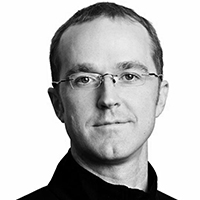
Mark Frohnmayer
Founder of Arcimoto
Mark Frohnmayer graduated from UC Berkeley in 1996 with a degree in Electrical Engineering and Computer Science. After graduating he spent 11 years leading the development of advanced technology game development projects at GarageGames. In 2007 he founded the electric vehicle company Arcimoto in Eugene, Oregon, with the goal of bringing an affordable, ultra-efficient, ultra-useful new vehicle into the marketplace. His company developed compelling core electric vehicle technologies including a new battery system for packaging commodity cells. He has also served on the Oregon Transportation Commission and as a Technical Advisory Member of the Oregon Innovation Council.
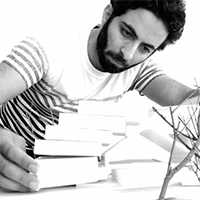
Mohsen Marizad
Co-Founder, ZAAD Studio
Mohsen Marizad is the Co-Founder of ZAAD Studio with Marziah Rajabzadeh as well as being a graduate of IAAC in Barcelona. He has been an instructor in Romania and Iran. He was part of a team that taught The Innovative Prototyping @ Dynamic Fields – Responsive Architecture Workshop in Romania, as well as working as an Architect and Urban Planner in Tehran. His work shuffles design criteria and extracts relationships and form generation potential from venues often overlooked by others.
